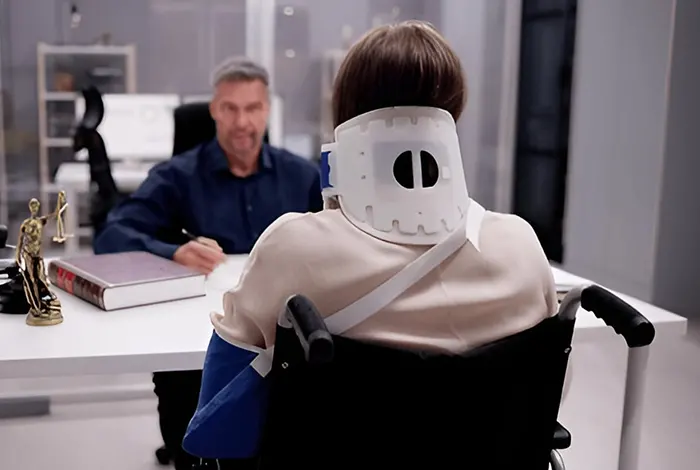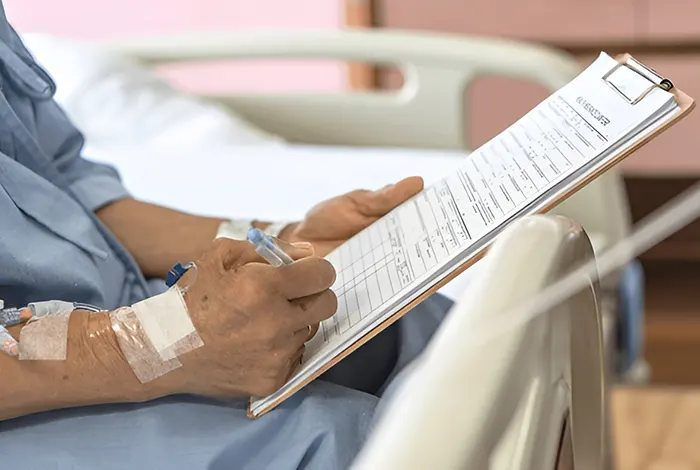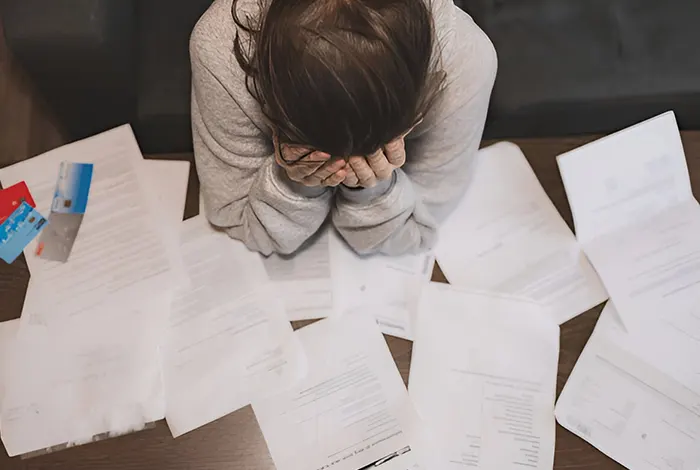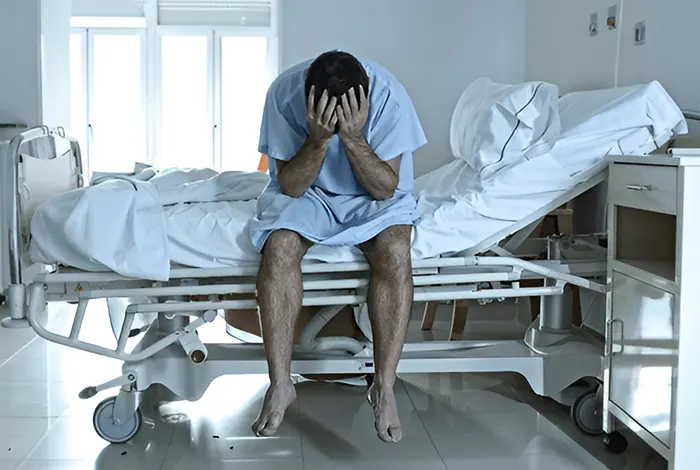Common Causes of Slip and Fall Accidents in Grocery Stores
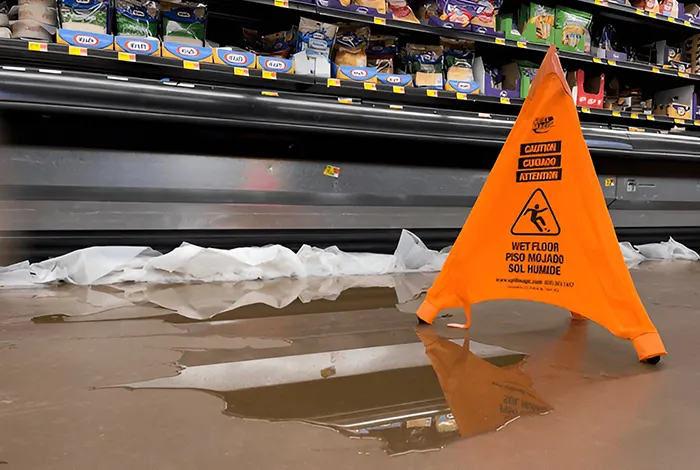
Slip and fall accidents are one of the most common types of premises liability claims, and grocery stores are frequent settings for these incidents. From wet floors to poor lighting, hazards can lurk in plain sight and cause serious injuries. Knowing the common causes can help you stay alert and also inform you if you have grounds for a legal claim.
1. Spilled Liquids: The most typical hazard in grocery stores is spilled food or liquids. Whether it’s a dropped bottle of juice or a leaking refrigeration unit, store employees must promptly clean up spills and place warning signs.
2. Uneven Flooring or Mats: Cracked tiles, wrinkled floor mats, or abrupt changes in floor height can cause unsuspecting shoppers to trip.
3. Poor Lighting: Dimly lit aisles or entryways can conceal hazards and make it difficult to see where you’re walking.
4. Cluttered Aisles: Boxes, stocking carts, or misplaced products can block walkways and create tripping hazards.
To hold a grocery store liable for a slip and fall, you typically need to prove that the store’s staff either caused the dangerous condition - knew about it and didn’t fix it, or should have known about it through reasonable inspection. Take photos and videos of the scene, report the incident to the store manager (and ask for a copy of the incident report), and seek medical attention immediately.
Even seemingly minor falls can result in significant injuries like concussions, fractures, or back pain. If you’ve been injured, consult a personal injury attorney to understand your legal options.
Grocery stores have a duty to maintain a safe environment for all visitors—and when they fail, you may be entitled to compensation.
Call us at Silverback Legal LLP for your free consultation: 866.733.6225.




